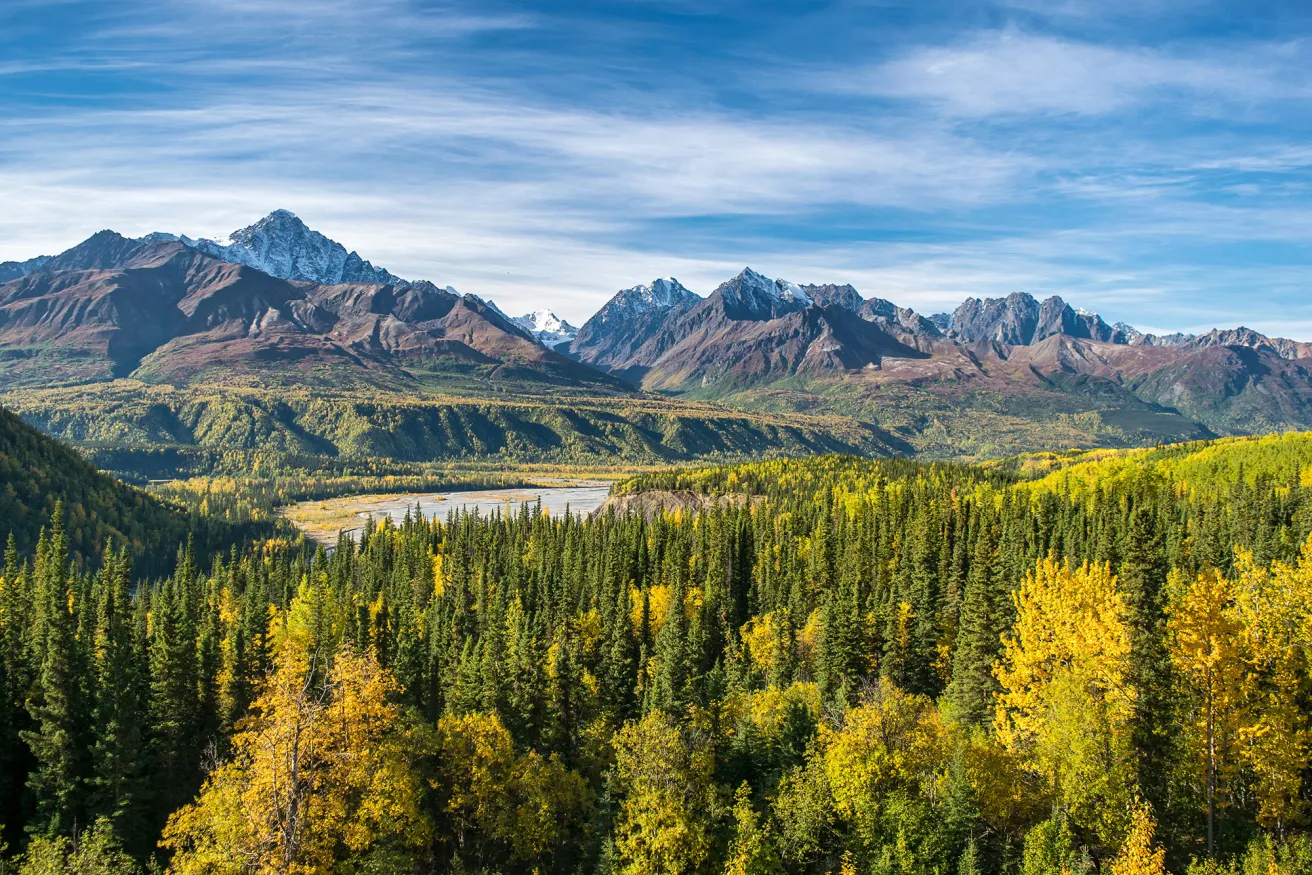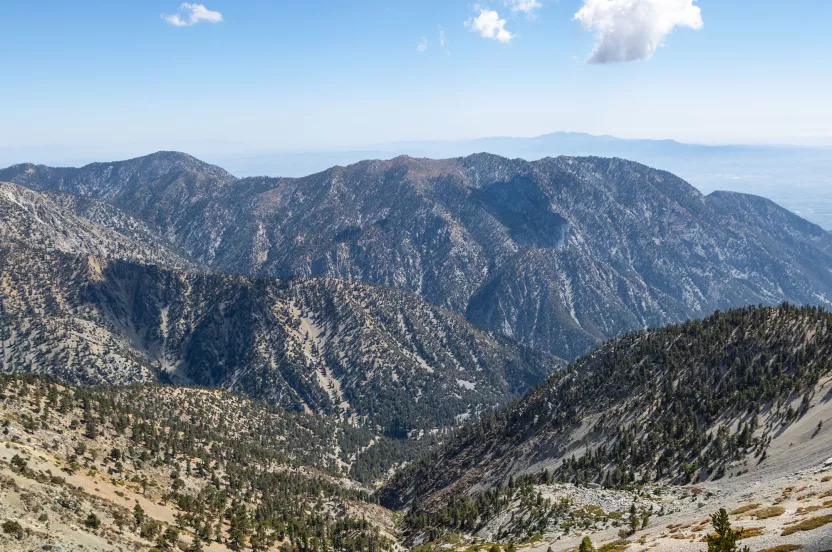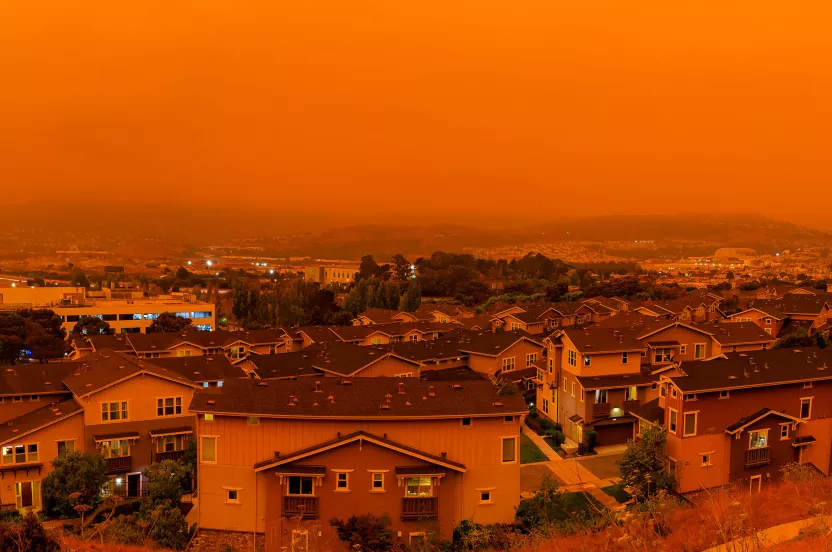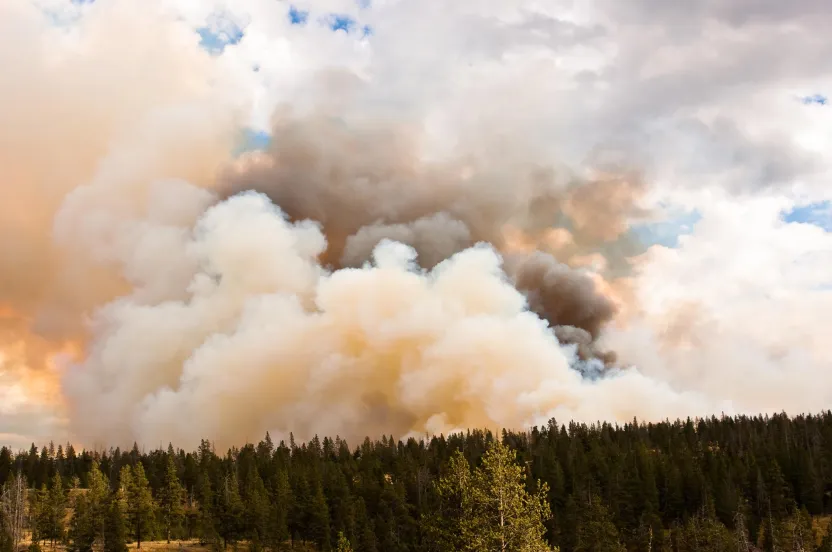Now live: The 2025 Canopy Report. Learn how Americans see trees. GET THE REPORT
The Science Behind Planting 500 Million Trees
The Arbor Day Foundation uses data to accomplish scale and focus in reforestation.
November 8, 2023

Planting 500 million trees in five years is a big job.
For the Arbor Day Foundation, it wouldn’t be possible without a vast network of global tree planting organizations, our portfolio of individual and corporate supporters, and more than 50 years of know-how in creating impact with trees.
As we look ahead to the next 50 years, we’re continuing to innovate how we apply intelligent, data-informed strategy to our work. It starts with our goal to plant 90 percent of reforestation trees (think majestic forests, as opposed to city trees) in forests of greatest need. How do we find those places?
We look at the data.
The Foundation references a priority index to identify forests on the frontlines of our planet’s most dire issues: climate change, community livelihood, and biodiversity collapse. Think of it as a formula that guides us to where trees can do the most good, based on:
- Impact on climate change
- Benefits to indigenous and community lands
- Biodiversity improvement potential (like restoring habitats for endangered species)
Next, we see whether an area of greatest need is also home to a planting partner of ours, with shovels ready to go. With those two layers of data points applied, we have a clear picture of where we can make the biggest impact, the soonest. Because while reforestation takes time to do right, our planet needs trees now. With a global network as large as ours, we’re more than ready for the challenge.
Why this approach matters
- It’s a well-rounded method that factors for the many benefits of trees. Because planting is never just about the tree—we must consider the ripple effect every tree creates. We measure biodiversity potential because trees provide habitats for creatures and critters. We know trees absorb a lot of carbon, so we also measure that potential, too. We also need to respect indigenous land rights, so we do our best to understand where those boundaries begin.
- It places a high value on people. We account for how trees would affect people in a particular area. Again, it’s never just about the tree.
- It makes us good stewards of supporters’ funding Just as you’d trust a financial advisor to put your money in the best-performing fund possible, we want to “invest” donations in the most impactful projects.
The Foundation is uniquely equipped to deliver focus and scale in tree planting: we know where we can do it, and we can handle some of the largest projects happening globally. Learn more about our goal to plant 90 percent of trees in forests of greatest need.


